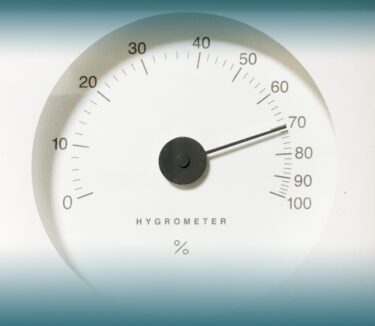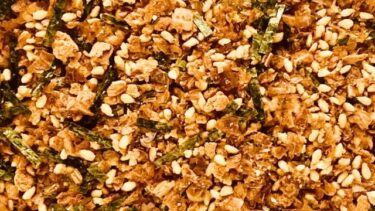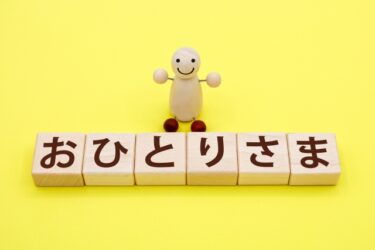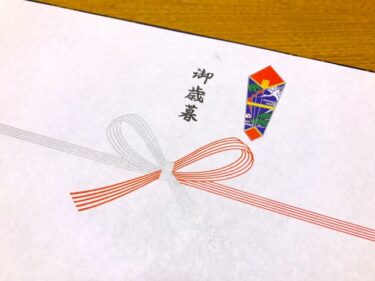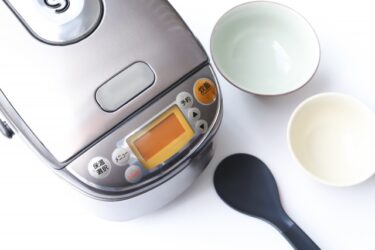Japan is a country with four distinct seasons, and the summer is often characterized by high humidity and heat, especially during the rainy season (tsuyu). However, despite the warmth, many people, especially women, find themselves feeling cold due to air conditioning, excessive consumption of cold foods, and certain summer vegetables that are believed to cool the body. This phenomenon is called “hie” (冷え), or “chill,” and it is a concept deeply ingrained in Japanese health practices. Understanding why and how Japanese people, particularly women, are careful about keeping their bodies warm can provide insight into both cultural habits and health consciousness in Japan.
The Concept of “Hie” (冷え) and Its Cultural Importance
In Japan, the concept of “hie” refers to the sensation of coldness, particularly in the core of the body. Even though the summer months are hot, the intense use of air conditioning and a diet rich in cooling foods can cause many people to feel an internal chill. This is why Japanese people, especially women, are so cautious about staying warm, even during hot weather. Women, in particular, tend to suffer more from “hie” because it is believed that they have less muscle mass compared to men, making it harder for their bodies to generate and retain heat. Furthermore, it’s said that people of Asian descent generally have lower metabolic rates than Westerners, which may also contribute to a greater sensitivity to cold.
How Japanese People Avoid Getting Cold
To prevent “hie,” Japanese people have developed various habits and practices to stay warm. One common strategy is layering clothing, even in the summer. You might notice Japanese women wearing light cardigans or long sleeves in air-conditioned environments, while Westerners often prefer short sleeves or even sleeveless tops, regardless of the indoor temperature. In addition, many Japanese people avoid overconsumption of cold drinks and foods, which are believed to cool the body from the inside.
In fact, it’s not unusual to see Japanese people drinking hot tea or water even in the middle of summer. These habits are not only for comfort but are believed to help maintain a healthy balance of body temperature.
Foods and Drinks That Combat “Hie”

In Japan, there are specific foods and drinks known to help counteract “hie.” Ginger is a particularly popular ingredient, often added to dishes or used in drinks like ginger tea. Ginger is known for its warming properties and is thought to stimulate blood circulation, which can help fight the internal cold. Other foods that are believed to warm the body include root vegetables like carrots and sweet potatoes, which are common in traditional Japanese cuisine. Miso soup, a staple of the Japanese diet, is another great option for combating “hie” due to its warmth and rich nutritional content.
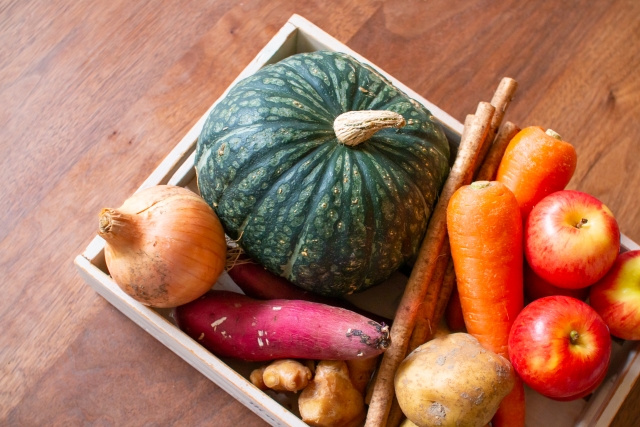
Additionally, herbal teas like “shoga-yu” (hot ginger tea) and “kanzō-cha” (licorice root tea) are commonly consumed to boost internal warmth. These drinks are particularly popular during the winter but are also appreciated in cooler summer evenings or in air-conditioned spaces.
Conclusion
The concept of “hie” in Japan is not just a health issue but also a reflection of cultural attitudes toward body temperature and well-being. While Japan experiences hot, humid summers, many people—particularly women—go to great lengths to avoid getting cold. From layering clothing to carefully choosing warm foods and drinks, the Japanese approach to health emphasizes the importance of maintaining a balanced body temperature. Understanding “hie” offers a fascinating glimpse into the way Japanese people harmonize with their environment and prioritize their physical well-being.


